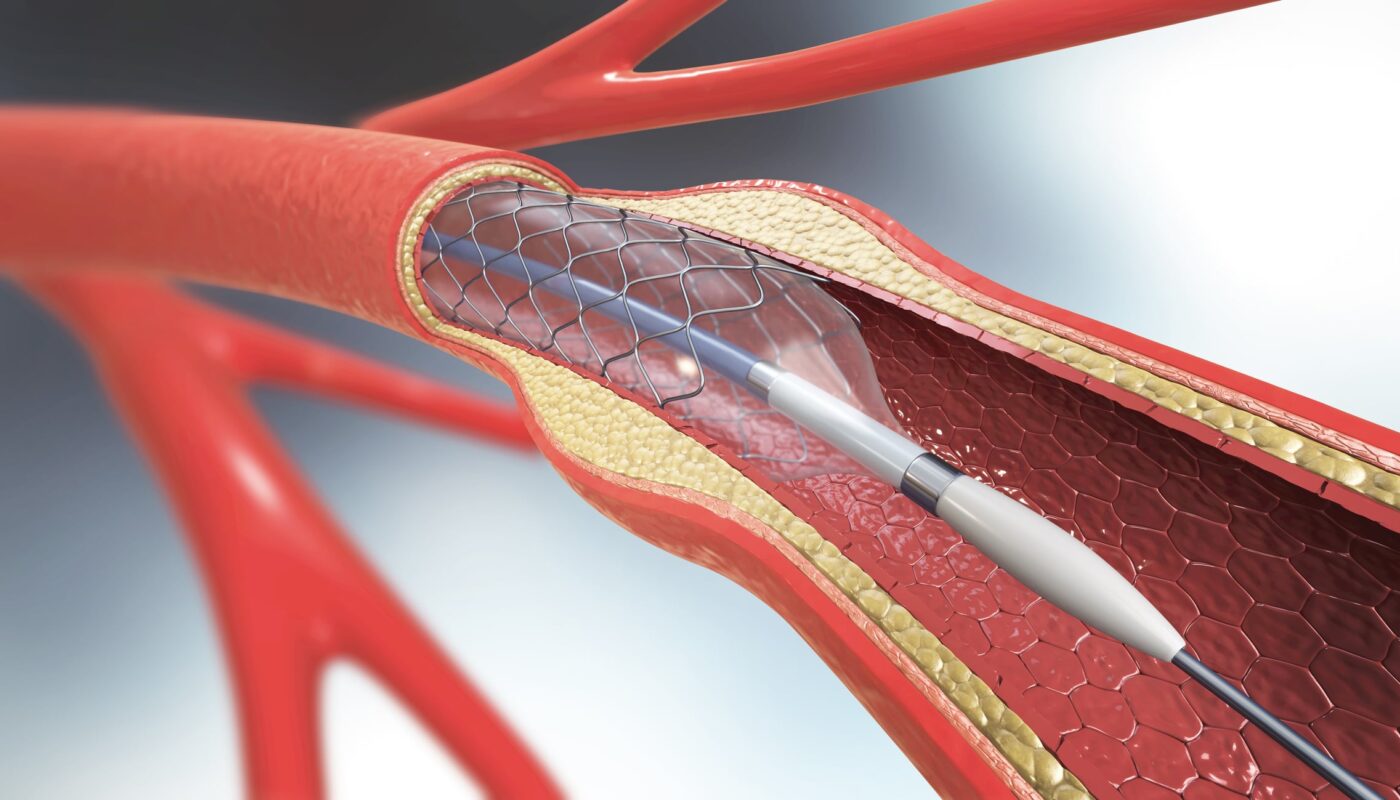Tissue regeneration is a field that holds immense promise for the future of medicine. By using biodegradable scaffolds that mimic natural extracellular matrix, scientists are working towards engineering tissues and organs to replace damaged ones in the body. These scaffolds provide a structural framework upon which cells can organize and develop new tissues. With recent advancements, biodegradable scaffolds are bringing us closer to the dream of regenerative medicine.
What are Biodegradable Scaffolds?
Biodegradable scaffolds are three-dimensional structures designed to promote tissue formation by providing structural support for cells to grow and develop into new tissues. They are made from biomaterials that degrade gradually as the body replaces them with living tissue. Unlike permanent implants, biodegradable scaffolds are meant to support tissue regeneration only temporarily, until the body produces its own extracellular matrix. Some commonly used biomaterials for scaffolds include natural polymers like collagen and hyaluronic acid, as well as synthetic ones like polylactic acid and polyglycolic acid.
Designing the Ideal Scaffold
For effective tissue engineering, scaffolds need to fulfill certain criteria. They must have an open, interconnected pore architecture to allow cell infiltration, nutrient diffusion and waste removal. The pore size and porosity determine this. Scaffolds also need appropriate mechanical properties to match the tissue they are replacing, as well as controllable degradation kinetics. Their surface chemistry influences cell attachment, proliferation and differentiation. Scientists are working on computer modeling and advanced manufacturing techniques to design scaffolds with optimized composition, architecture and properties for different tissues.
Applications in Regenerative Medicine
Biodegradable Scaffolds show promise across a range of applications in regenerative medicine. For example, in skin tissue engineering, collagen-based scaffolds seeded with fibroblasts and keratinocytes have been clinically used to treat burn wounds. In bone regeneration, composite scaffolds made of calcium phosphates, polymers and growth factors are being developed. Scaffolds loaded with stem cells also hold potential for cartilage and intervertebral disc repair. For cardiovascular applications, polymeric scaffolds could be useful for developing small-diameter blood vessel grafts. Tissue-engineered bladder and trachea replacements using scaffold-cell constructs have also been demonstrated preclinically.
Recent Advancements
Over the past decade, significant advances have expanded the possibilities of biodegradable scaffolds. 3D printing and electrospinning now allow for complex, customized scaffold designs with control over geometry and nano/microfibers. Surface modifications enhance cell interactions, and growth factor incorporation guides cellular behavior. Decellularized tissue extracellular matrix scaffolds provide a more native microenvironment. Scaffolds can also be made responsive to physical stimuli like compression, shear and electrical fields. Another exciting area is using scaffolds in combination with adult stem cells to steer their differentiation for regenerating multiple tissue types from a single stem cell source.
Challenges and Future Directions
While great progress has been made, many challenges remain before scaffolds can be used routinely in regenerative therapies. A major roadblock is the lack of vascularization – most engineered tissues are only a few hundred microns thick due to limitations in nutrient diffusion. Co-implantation strategies combining scaffolds, cells and growth factors need optimization. Standardized characterization protocols and preclinical large animal models are required to translate technologies. Regulatory approval also presents hurdles. More research is warranted on eliciting appropriate immune responses. Long-term studies evaluating structural integration and remodeling in vivo will help validate the technology. With continued multidisciplinary efforts, biodegradable scaffolds hold immense potential to revolutionize treatment of damaged and diseased tissues.
In summary, biodegradable scaffolds are a promising approach for tissue engineering and regenerative medicine. Advances in biomaterials, fabrication techniques and understanding of cellular responses are making scaffolds an enabling technology. By providing instructive physical and biochemical cues to mimic the native extracellular matrix, scaffolds may usher in an era of growing replacement tissues for transplantation. With further progress overcoming current challenges, biodegradable scaffolds could transform clinical management of many conditions. Continued research promises to bring this vision closer to reality.
*Note:
1. Source: Coherent Market Insights, Public sources, Desk research
2. We have leveraged AI tools to mine information and compile it.




